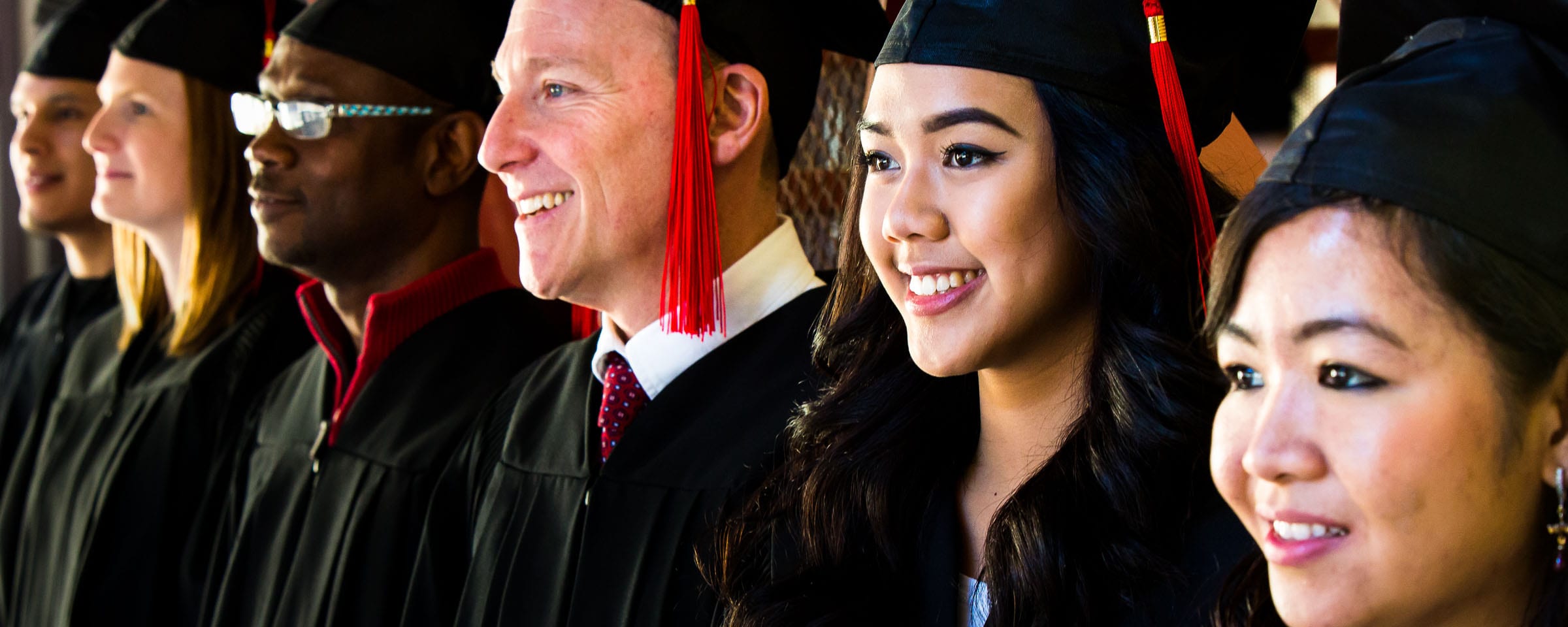CreComm grad helping Winnipeg Free Press transition from newspaper to ‘non-stop news engine’
 He can still remember splicing together radio broadcast assignments using cassette tapes and an X-acto knife.
He can still remember splicing together radio broadcast assignments using cassette tapes and an X-acto knife.
But you won’t find Paul Samyn pining for the dated technology of his Red River College days. Since becoming editor of the Winnipeg Free Press in 2012, he’s been pushing his newsroom towards info-sharing platforms — Twitter, Facebook, email-driven alerts — that best deliver news to readers. Young hires, even interns, are encouraged by the 27-year vet to tap into their rich understanding of multimedia.
“Some of the new hires that we have, we’re looking to them to show us stuff and help us,” says Samyn. “And I think that’s really exciting.”
The Winnipeg Free Press has evolved from a newspaper into a non-stop “news engine,” Samyn says, noting this “anytime, anywhere” news model will determine its long-term success.
What haven’t changed, however, are the basics of good journalism underpinning the Free Press’s reputation as a trusted information source.
“You need to write. You need to think. You need to be able to communicate,” says Samyn, who graduated from RRC’s Creative Communications program in 1988 and moved immediately into the Winnipeg Free Press newsroom as a summer intern.
Since then, Samyn has witnessed some of the defining events of our lifetime. He reported on Princess Diana’s funeral from England in 1997, where a crowd of a half-million mourners flooded the city streets, while hundreds of millions more watched worldwide.
“[To be] where history is being recorded, you know you’re doing something cool,” says Samyn.
He recalls his first front-page story — about the mishandling of a local phys-ed teacher accused of sexually inappropriate behaviour. The piece prompted a police investigation.
“At some level, you get into the business because you want to affect change,” he says.
You have to be willing to accept it as well.
It can be tough to balance pushback from a readership shackled to tradition while finding new ways to manage a constantly moving information cycle.
“I wouldn’t do the job if I didn’t enjoy it,” Samyn says. “It can be 24-7. I sleep with my iPhone. It’s the first thing I look at when I wake up and the last thing I look at before I go to bed.”
Gone are the headaches of yesteryear when breaks in stories that happened after the paper went to press couldn’t be communicated until the following day. Today’s readership gets as-it-happens news updates through the web and social media.
Serving readers begins with knowing what makes them tick. Samyn says it’s important that he regularly ventures outside the newsroom to get the pulse of the people, volunteering as a coach on his three teenage sons’ sports teams, playing in a men’s hockey league or taking in a performance at the Royal Manitoba Theatre Centre.
Finding out what folks in the community are talking about is as much a personal interest as professional obligation for Samyn, who grew up in Silver Heights and delivered the Winnipeg Free Press there as a kid.
He’s one of only 15 people to serve as the newspaper’s editor in its 143-year history. He says he’s benefited along the way from the lessons of his predecessors, like his first editor, the late Pat Flynn, whose no-nonsense approach taught him the newsroom was “not a place where you fool around.”
Samyn credits the CreComm program and a “good group” of instructors — like Alice Poyser and Shirley Muir — for preparing him well for a career in journalism. In college, he says he learned “what a newspaper needs, what it expects and what it wants.” He still works alongside some of his classmates: Kelly Taylor, Laurie Bailey and Andrew Maxwell.
Today’s program equips students for modern news sharing. But how students combine these tools with the art of storytelling, Samyn says, is what will make them good journalists.
“You’ve got to be curious. You’ve got to have courage. And you’ve got to be creative. If you have those three Cs and you can harness all the communications tools at your disposal, then you can really achieve something.”
Learn more about RRC’s Creative Communications program.
